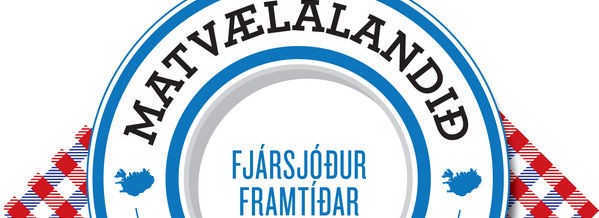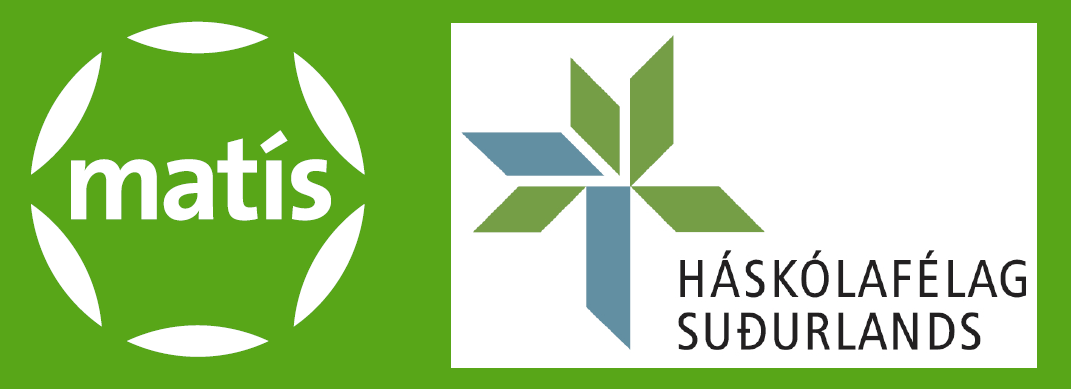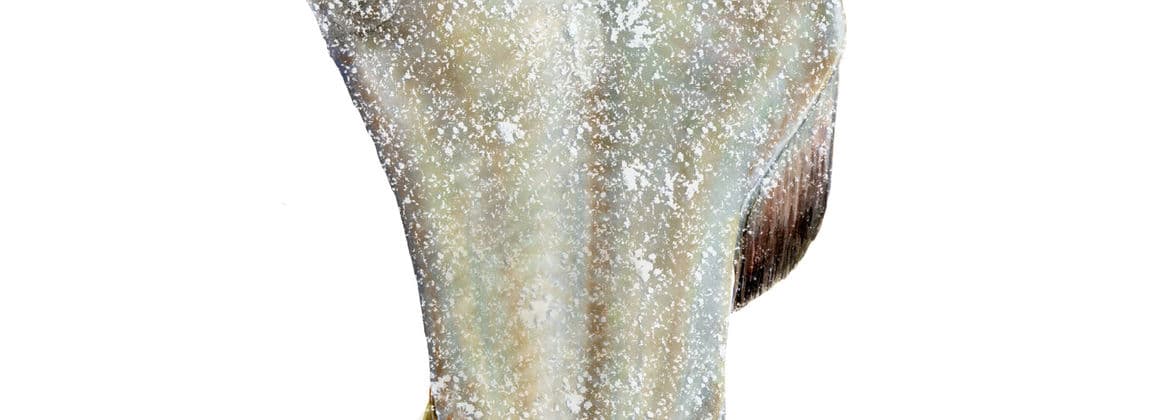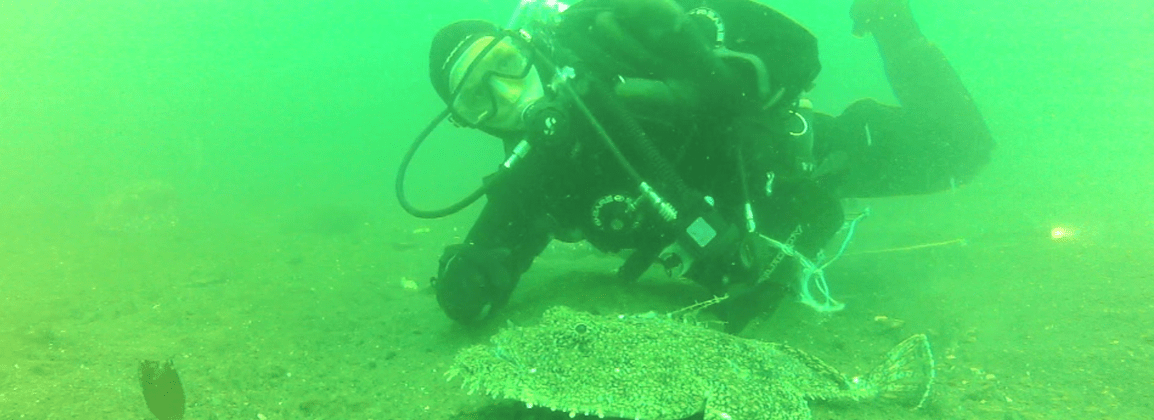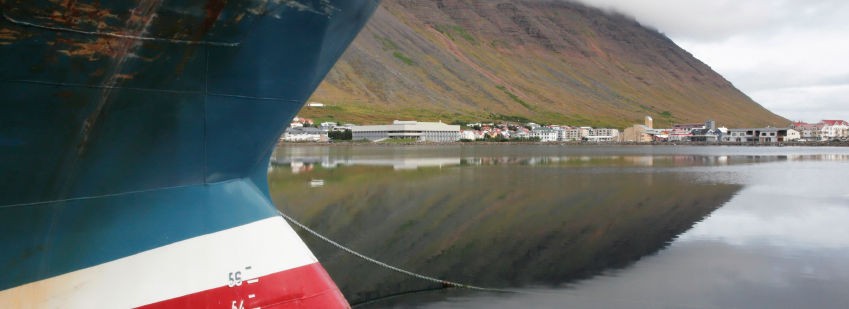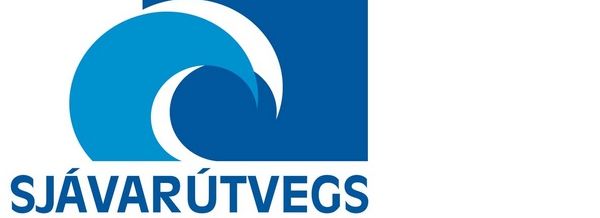A conference on food production will be held on 6 November. Sveinn Margeirsson, CEO of Matís, sits on a panel with the Minister of Industry and Innovation
Stakeholders and companies in food production have joined forces and convened a conference on Matvælalandið Ísland at Hótel Saga on Tuesday, November 6thnext. The question will be asked how to increase value creation and utilize the food resources that the country has. In the opinion of the conference organizers, there are many opportunities in increased production and sales of Icelandic food and related services.
How do we produce more and better food?
The keynote speaker of the day will be Daði Már Kristófersson, a resource economist, who will discuss how the nation can produce more and better food. After Daði Már, there will be very short lectures that discuss the subject from different perspectives. Pétur Hafsteinn Pálsson, CEO of Vísir, will talk about increased value creation in the fisheries sector and Finnbogi Magnússon, an agricultural engineer, will examine the possibilities of agriculture. Gunnlaugur Karlsson, CEO of the Horticultural Sales Association, will talk about marketing and brand management in agriculture and Sigrún Elsa Smáradóttir from Matís will talk about growth in small-scale food production.
How to feed a million tourists?
After a coffee break, the focus will be on tourism and food exports. Guðný Steinsdóttir, MS's marketing manager, will take the plunge and talk about the marketing of skyr and talk about Iceland as a brand. Jón Baldur Þorbjörnsson at Ísafold Travel talks about food culture and tourism and the chef Friðgeir Ingi Eiríksson tries to answer how to satisfy millions of tourists in the future. Finally, Guðný Steinsdóttir, Marketing Manager at Íslandsstofa, discusses Icelandic food culture internationally.
Minister of Industry and Innovation in discussion
After the presentation, there will be a panel discussion consisting of Steingrímur J. Sigfússon, Minister of Industry and Innovation, Erna Hauksdóttir, CEO of SAF, Jón Ásbergsson, CEO of Íslandsstofa, Pétur Hafsteinn Pálsson, CEO of Vísir, Sindri Sigurgeirsson, farmer in Bakkakot, and Sveinn Margeirsson, CEO of Matís. The moderator of the conference is Svana Helen Björnsdóttir, chairman of the Confederation of Icelandic Industries.
The organizers of the conference come from different backgrounds but have in common that they have a lot to do with food and food production. The group includes the Farmers' Association of Iceland, Íslandsstofa, Matís, the Association of Tourism, the Association of Fish Processing Plants, the Association of Industry and the Food Development Forum.
Everyone welcome and admission free
The conference on Matvælalandið Ísland is open to everyone and admission is free. It starts at 12.30 on Tuesday 6 November and is held in Katla's conference hall at Hótel Saga on the 2nd floor. The conference is scheduled to end at 16.00.
Participants are kindly requested to register on the website of the Confederation of Icelandic Industries, www.si.is.
Further information about the event can be obtained from Tjörvi Bjarnason, Director of Publications and Publicity at BÍ, tel. 862-3412 or e-mail tjorvi@bondi.is.

